Val Cenischia is one of the most beautiful valleys in Piedmont: located in the west of the region, lateral to Val di Susa, it is formed by the Cenischia stream and is known for its natural beauty, rich history and mixed culture (the upper part of the valley is in fact French). Surrounded by majestic mountains of the Cottian Alps, the valley grants the opportunity to enjoy walks amid green pastures and wild flowers in summer, while in winter it becomes an ideal destination for snow sports enthusiasts. What’s more, Val Cenischia, despite its small size, is dotted with ancient churches, castles and museums that tell the story of the valley and its communities. The Cenischia Valley is also an ideal place for those seeking tranquility and relaxation: the small mountain communities in this area are still able to offer a peaceful and authentic atmosphere. From the spectacle of Moncenisio to the ancient art of the village of Novalesa, through forests and mountain trails, there is much to see in Val Cenischia. Here are ten places not to be missed.
The Moncenisio Pass (Col du Mont-Cenis in French) is an important mountain pass located between France and Italy. It is one of the highest passes in the Western Alps, with an elevation of about 2,083 meters above sea level. The pass is famous for its spectacular landscape (even one of the greatest painters of the 19th century, William Turner, depicted it in one of his famous paintings) and has a rich history, mainly related to its strategic importance. During the Middle Ages it was used as one of the main routes across the Alps, and over the centuries, it has remained an important crossing point between France and Italy. Today, the Moncenisio Pass is traversed by the D1006 road in France and by State Road 25 in Italy. In French territory, it is possible to hike to Lake Moncenisio (Lac du Mont-Cenis in French), an artificial lake located created in the 20th century following the construction of a dam for hydroelectric purposes. The lake, with its crystal-clear waters and surrounding mountains, offers a landscape of great beauty. Finally, in the area surrounding the Moncenis Pass, there are several military forts that testify to the strategic importance of this location during the past: Fort Variselle, Fort de Malamot, Fort de Pattacreuse, Fort de Ronce.

There are just 49 inhabitants in the tiny municipality of Moncenisio, the fourth least populous in Italy, but this ancient village (known as “Ferrera Cenisio” until before World War II) holds great charm. Moncenisio has a history that probably dates back to the Middle Ages, when the hill became an important crossroads for travelers crossing the Alps (as many as four hotels sprang up here between the seventeenth and nineteenth centuries, the period of maximum development). The opening of the Napoleonic road of Moncenisio, today’s State Highway 25, cut the small village off from communication routes and stopped its development: that is why its present appearance, with the village retaining traditional mountain architecture, with stone buildings and slate roofs, is so well preserved.
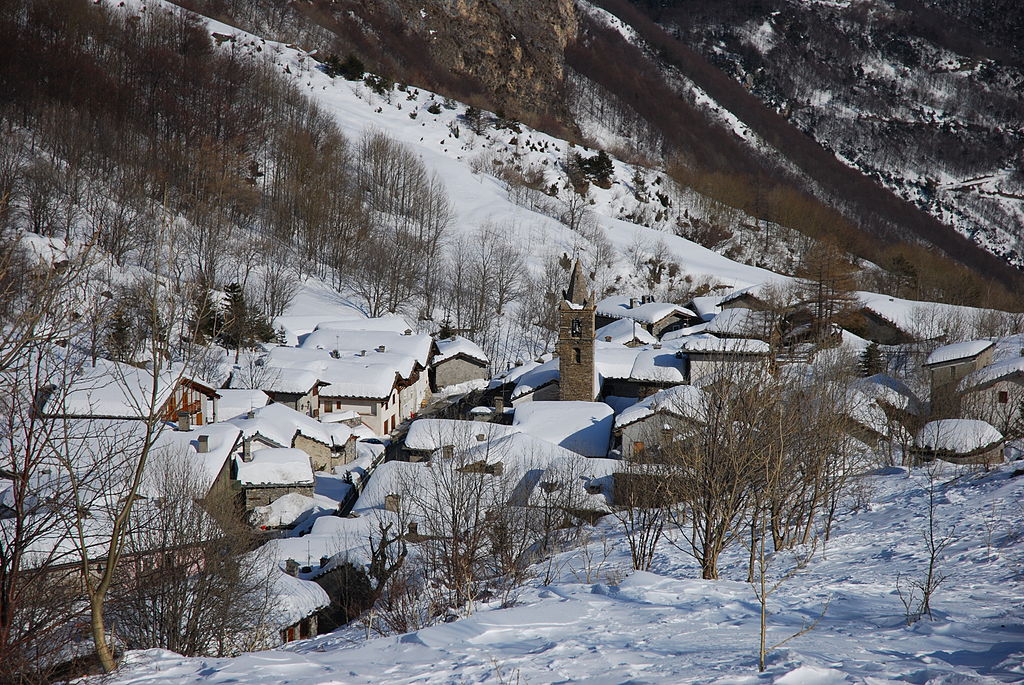
Founded in the year 726 and located in the heart of the Cenischia Valley, Novalesa Abbey has been under the care of the Benedictines of the Cassinese Sublacensis Congregation of the Order of St. Benedict since 1973. This abbey is one of the most important examples of Romanesque art in the region (especially for the chapels surrounding it) and has a rich history dating back to the 8th century. The abbey church, dedicated to Saints Peter and Andrew, is the result of 18th-century remodeling of the pre-existing 11th-century church, of which important frescoes remain, such as a Stoning of St. Stephen, but there are also some late Gothic paintings attributed to Antoine de Lonhy (the rest of the church is Baroque in style, however). The abbey is surrounded by a splendid abbey park where it is possible to visit four ancient medieval chapels: that of St. Mary (8th-9th century), that of the Most Holy Savior (11th century), that of St. Michael (8th century, modified in the 9th), and that of St. Eldred, from the 11th century, with two excellently preserved coeval fresco cycles.
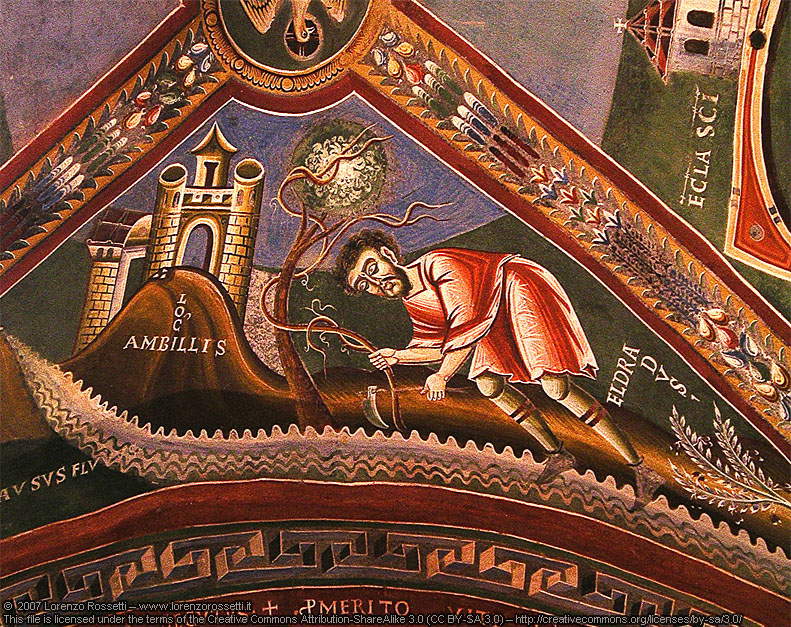
The village of Novalesa is one of the most fascinating in the valley. This ancient village has a rich history, mainly linked to its location along the road that crossed the Moncenisio, and is surrounded by natural scenery that offers splendid views. In addition, its history is intimately linked to that of Novalesa Abbey, which became an important religious center in the Middle Ages and greatly influenced the life of the surrounding village. In the village of Novalesa, it is possible to admire historic buildings with typical Alpine architecture, characterized by stone facades, slate roofs, and flowered balconies. The artistic richness of the village is due precisely to its location. Worth seeing are the Church of St. Stephen Protomartyr, which among other works preserves a splendid polyptych from the workshop of Antoine de Lonhy, the adjoining Diocesan Museum of Sacred Art, where there is also a 17th-century copy of Caravaggio’s Crucifixion of St. Peter, and the House of Frescoes, a well-preserved medieval inn (only one other example is known in the entire Alpine region). St. Peter’s Church: St. Peter’s Church, located in the heart of Novalesa, is a building of great historical importance and is associated with the abbey. The church features a Romanesque style and holds frescoes and religious artworks.
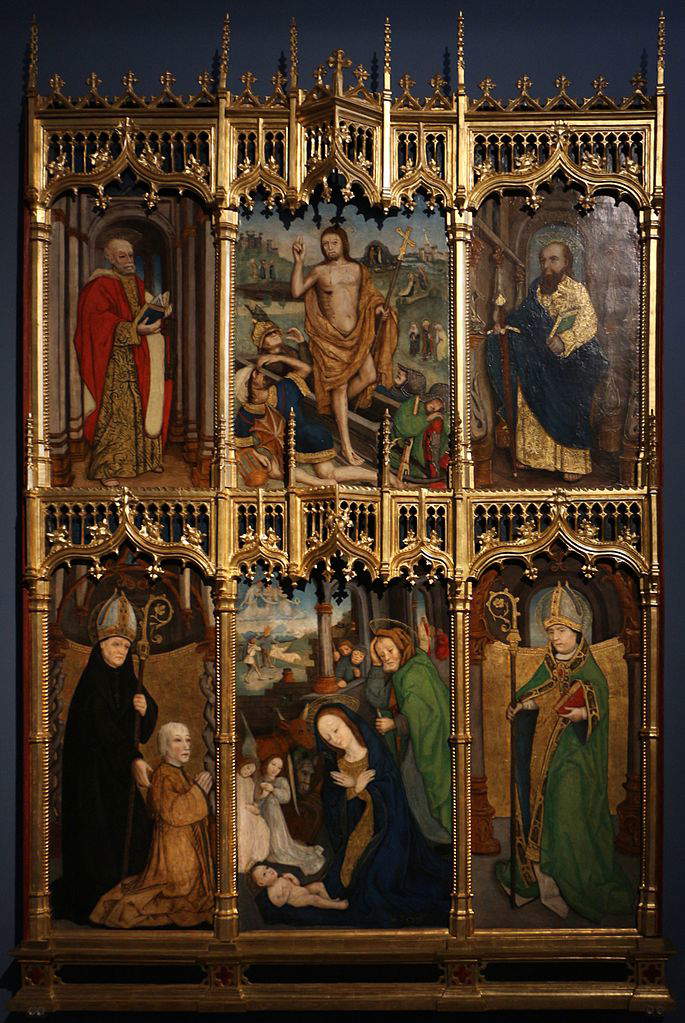
It is located in Novalesa and was opened in 1972 by an idea of a local teacher, Giuseppe Ferrero, and a group of enthusiasts of valley traditions. The Ethnographic Museum of Mountain Life in Val Cenischia, located in an old building in the historic center of Novalesa, offers an accurate and faithful reconstruction of a Val Cenischia house of the past to evoke daily life in the valley in ancient times. Objects of daily use, furniture, working tools, furnishings and more to immerse the public, through a two-story exhibition, in the life of the valley, between the mainly agricultural and artisan work, and domestic environments such as the kitchen, the bedroom, the work room. Plus costumes, documents and historical artifacts.
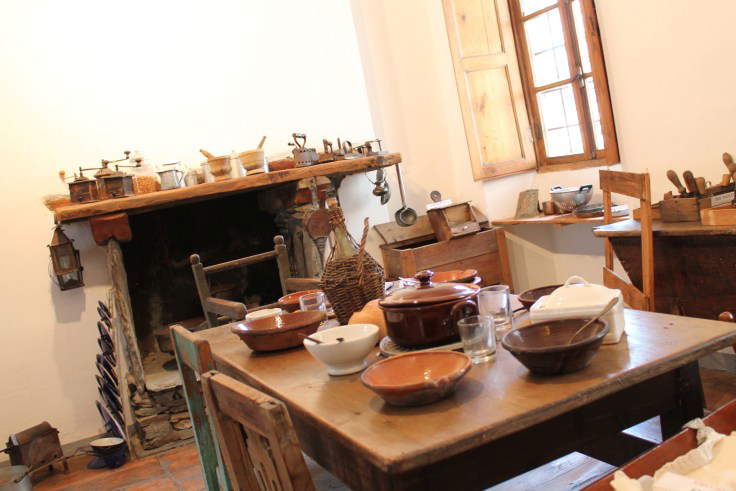
Venaus is located at the mouth of the Cenischia Valley, right at the beginning of the road leading to Moncenisio. Known for its location (it lies in the middle of meadows surrounded by majestic peaks), it has a history dating back to ancient times and was an important crossing point for travelers crossing the Alps. The architecture of Venaus is typically alpine: indeed, the village retains a traditional and charming appearance that recalls its ancient history. The parish church of Venaus, dedicated to Saints Blaise and Agatha, is the center of the village’s religious life. Venaus is also known for keeping alive many of its alpine traditions: the most famous is certainly the very special dance of the spadonari, dancers who wield swords while dressed in rich damask costumes (this popular dance is held on the feast of patron saints Biagio, on Feb. 3, and Agata, on the fifth day, with a repeat performance the following Sunday). For those who happen to be traveling in early February in the Cenischia Valley, the Venaus Swordsmen’s Dance is an event not to be missed.
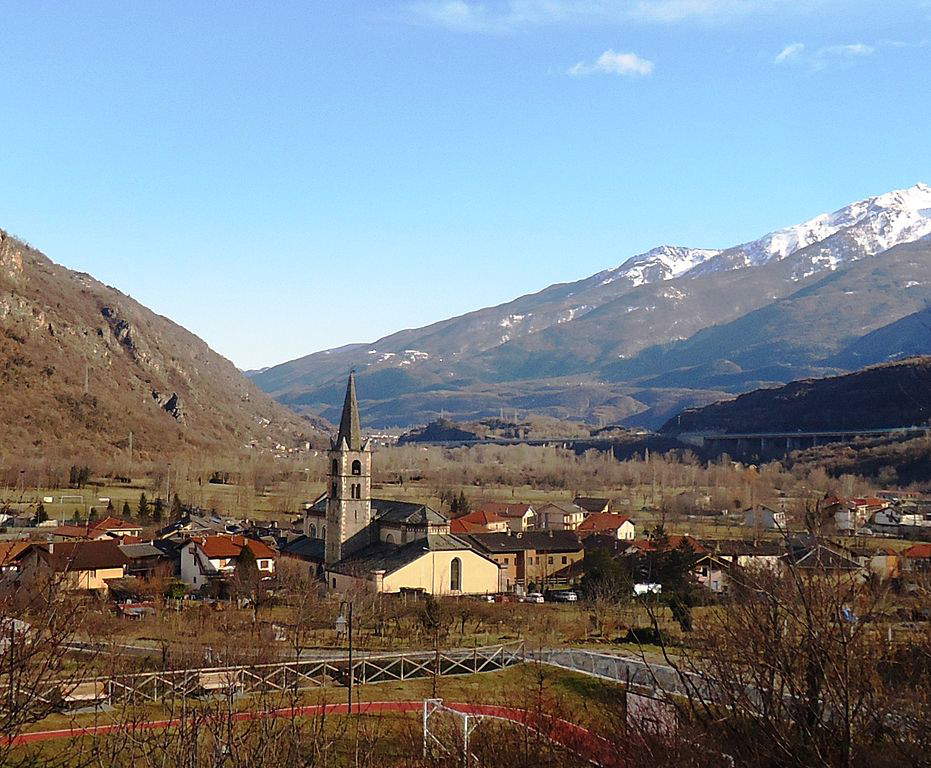
Together with the Museum of Sacred Art in Novalesa, it is the most important art museum in the Cenischia Valley. It is located in the premises of the parish church of St. Vincent the Martyr in the center of the village of Giaglione and preserves a valuable collection of ancient sacred art from churches in and around Giaglione. Opened in 1972, the museum features a collection with pieces ranging from the 15th century to the 20th century: these are mainly wood carvings, the most typical art form of the area. Then there are also paintings, goldsmithing, and sacred vestments that offer the chance to take an interesting journey through Alpine art of ancient times.

It can be reached by a walk that starts from Bar Cenisio, a hamlet of the municipality of Venaus, through a path that leads up to an altitude of 1,821 meters above sea level: this is where Lake Arpone is located, surrounded by a spectacular natural landscape, in the midst of a fir forest, at the foot of the Bard glacier and facing Mount Rocciamelone. Opened as an artificial reservoir that fed two hydroelectric power plants in the area, today it is simply a small alpine lake that is a destination for hiking but also for sport fishing: this is the main activity that has characterized the lake since 1979 (a fee must be paid to fish in the lake). Continuing the trail, it is possible to climb about a hundred meters and, with a three-quarter-hour walk, reach Lake Roterel.
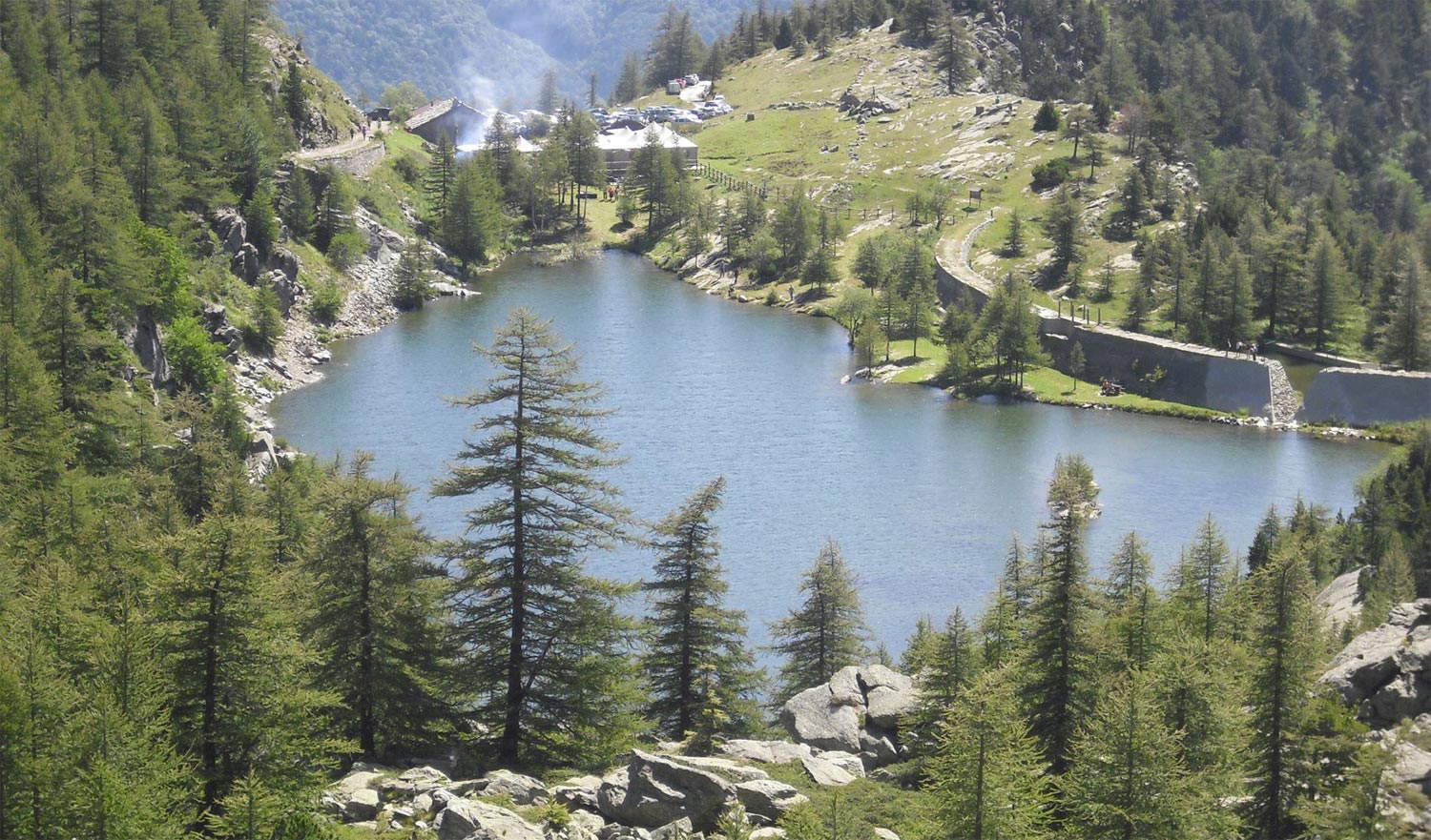
The Terre al Confine Ecomuseum is a cultural and tourism project dedicated to promoting and preserving the culture and traditions of local communities in the Cenischia Valley. The ecomuseum covers a wide geographical area encompassing several municipalities in the Cenischia Valley, enabling visitors to explore and better understand the cultural and natural context of the region. However, the main venue is in the recently restored premises of the former customs officers’ post workhouse: here there is an ethnographic journey through the daily life and traditional crafts of the Cenischia Valley, as well as insights into local legends, festivals, and customs. Also part of the Ecomuseum are the old municipal bakery and the former mill, with paths dedicated respectively to ancient bread-making techniques and the world of work in ancient times. The Ecomuseum thus offers visitors the opportunity to explore the traditions, culture and beauty of this fascinating Alpine region, allowing them to immerse themselves in an authentic experience.

This is a small side valley of the Cenischia Valley, formed by the Clarea stream and beginning at the height of the village of Giaglione. It is a popular hiking and trekking destination because there is so much to see: the scenic natural landscapes (it is perhaps the wildest area of Val Cenischia), the ancient mills located in the valley, the ice falls, and the cliffs.

 |
| Cenischia Valley and Moncenisio, what to see: 10 places not to miss |
Warning: the translation into English of the original Italian article was created using automatic tools. We undertake to review all articles, but we do not guarantee the total absence of inaccuracies in the translation due to the program. You can find the original by clicking on the ITA button. If you find any mistake,please contact us.